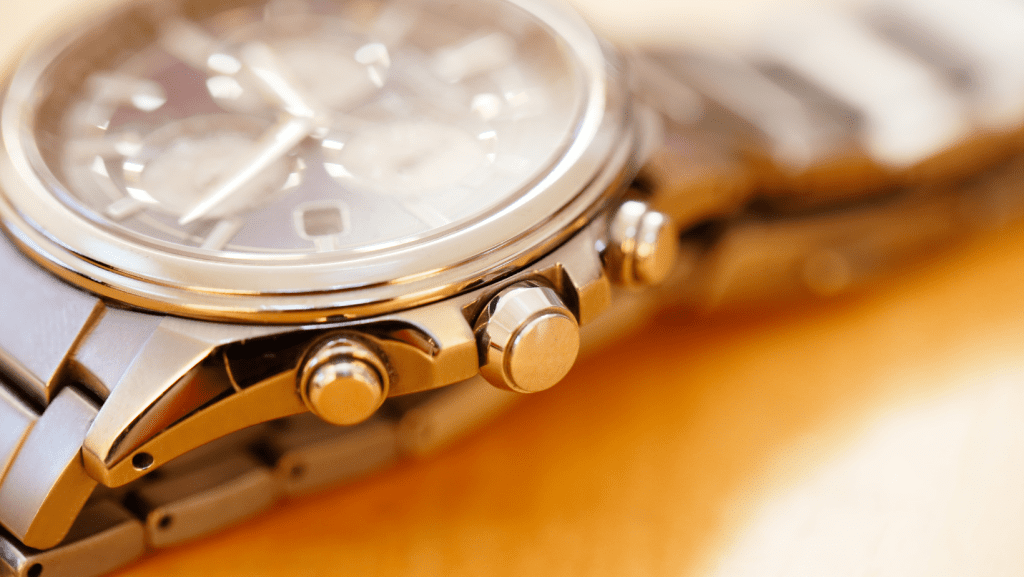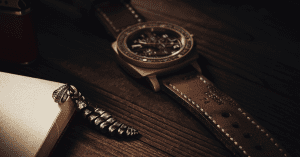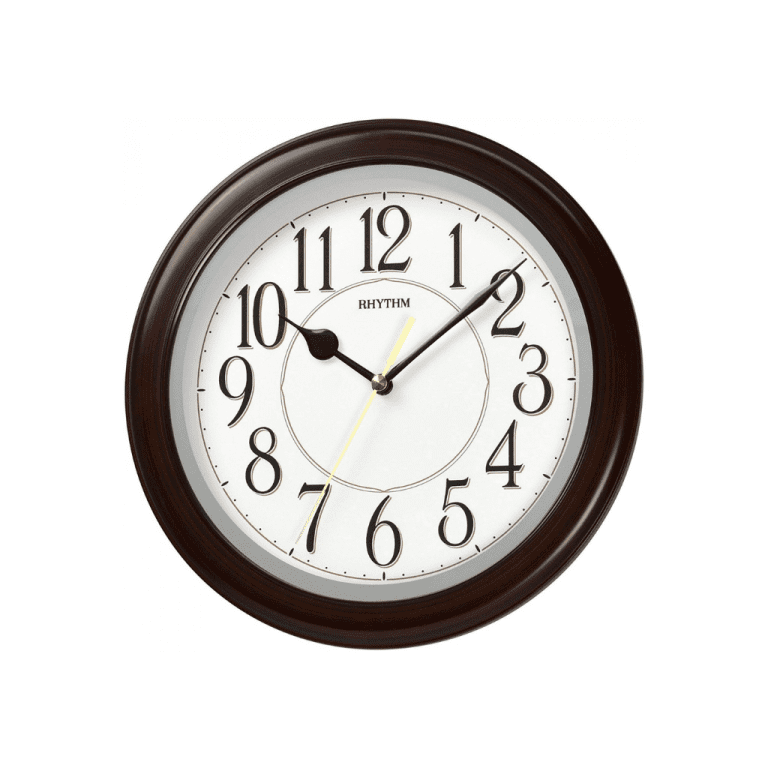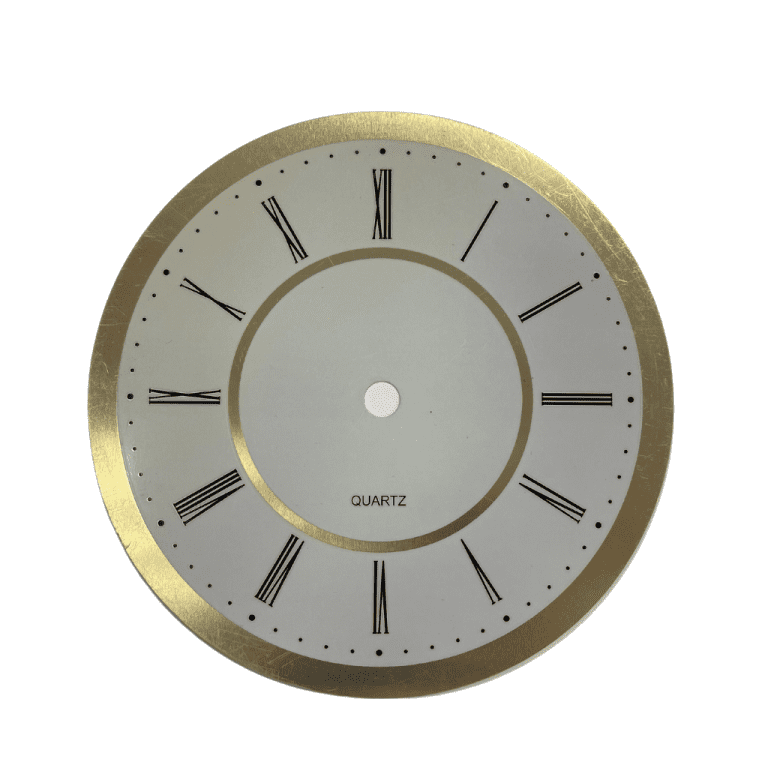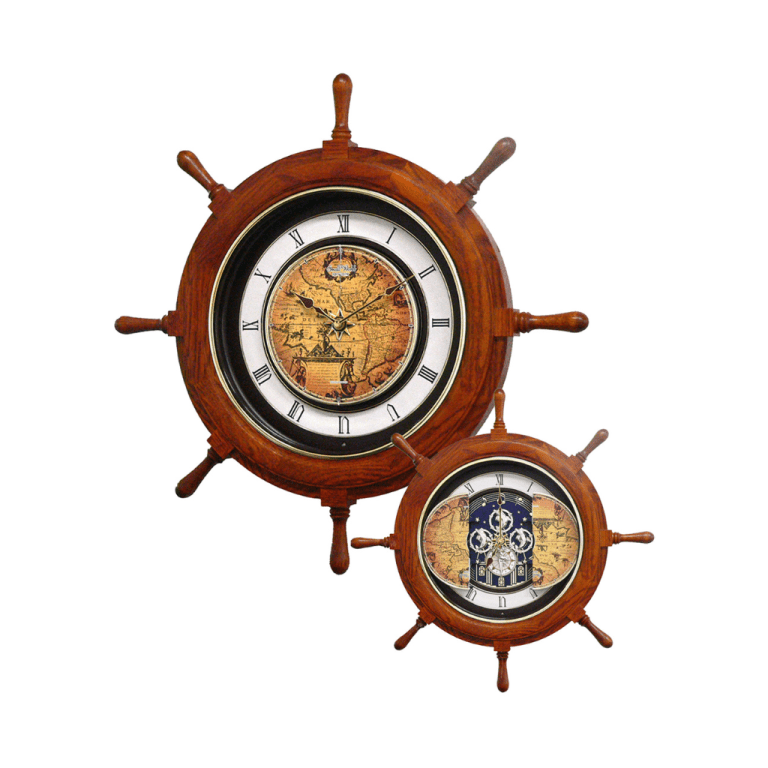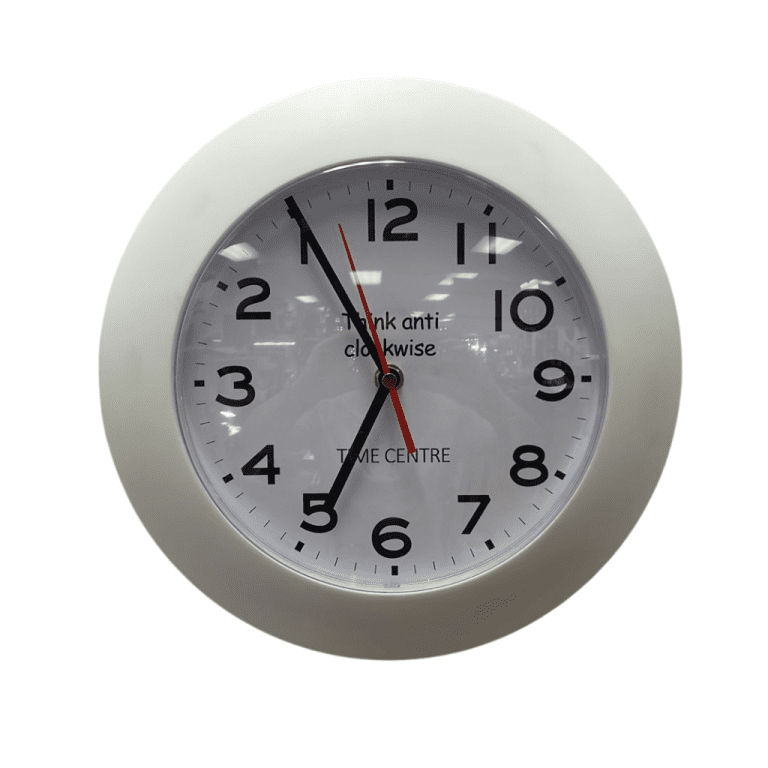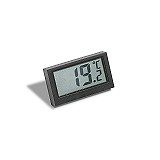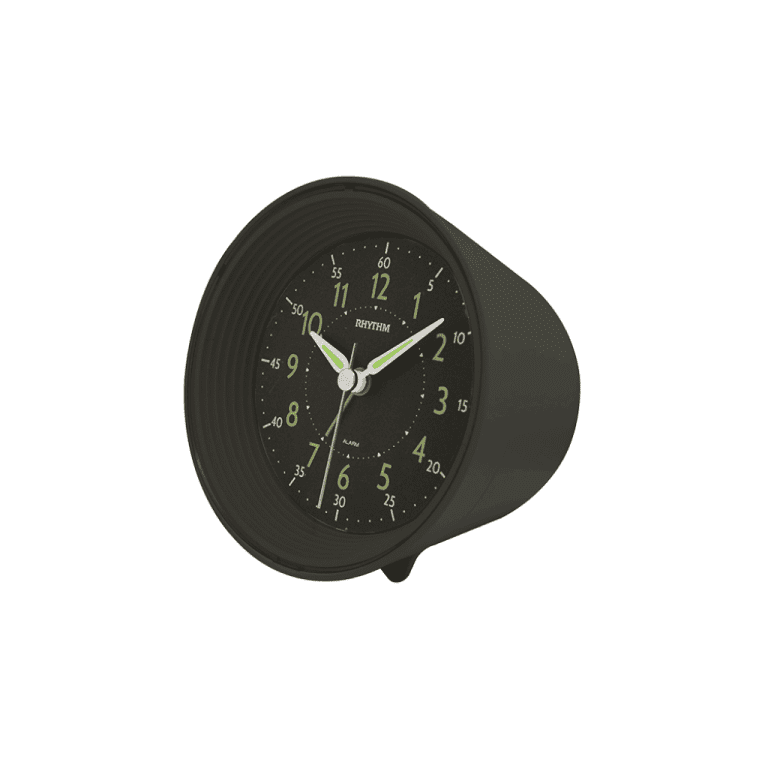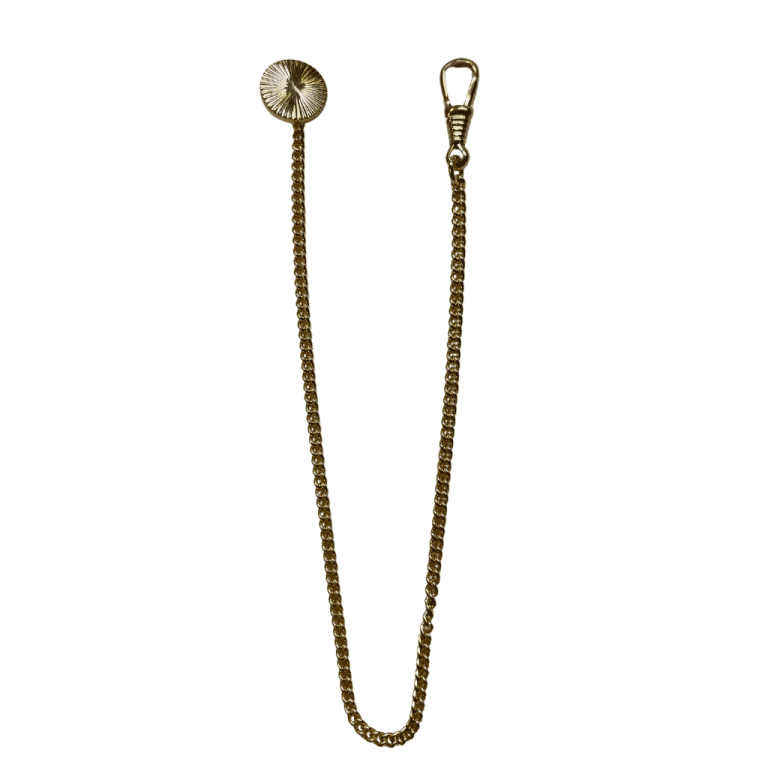Watch, portable timepiece that has a movement driven either by spring or by electricity and that is designed to be worn or carried in the pocket.
It is designed to keep a consistent movement despite the motions caused by the person’s activities.
A wristwatch is designed to be worn around the wrist, attached by a watch strap or other type of bracelet, including metal bands, leather straps or any other kind of bracelet.
A pocket watch is designed for a person to carry in a pocket, often attached to a chain.
Watches evolved from portable spring-driven clocks, which first appeared in 15th-century Europe.
The escapement used in the early watches was the same as that used in the early clocks, the verge. Early watches were made notably in Germany and at Blois in France, among other countries, and were generally carried in the hand or worn on a chain around the neck.
The Oxford English Dictionary records the word watch in association with a timepiece from at least as early as 1542.
The concept of the wristwatch goes back to the production of the very earliest watches in the 16th century. In 1571 Elizabeth I of England received a wristwatch, described as an “armed watch”, from Robert Dudley.
From the beginning, wristwatches were almost exclusively worn by women – men used pocket watches up until the early-20th century.
The oldest surviving wristwatch is one made in 1806 and given to Joséphine de Beauharnais.
The first wristwatch is believed to be made by the watch-maker Abraham-Louis Breguet in the year 1810 and sold to the Queen of Naples on 5 December 1811 and the first Swiss wristwatch was made by the Swiss watch-maker Patek Philippe, in the year 1868 for Countess Koscowicz of Hungary.
Styles changed in the 17th century and men began to wear watches in pockets instead of as pendants. This is said to have occurred in 1675 when Charles II of England introduced waistcoats. This was not just a matter of fashion or prejudice – watches of the time were notoriously prone to fouling from exposure to the elements, and could only reliably be kept safe from harm if carried securely in the pocket. To fit in pockets, their shape evolved into the typical pocketwatch shape, rounded and flattened with no sharp edges.
Later in the 1800s Prince Albert, the consort to Queen Victoria, introduced the ‘Albert chain’ accessory, designed to secure the pocket watch to the man’s outergarment by way of a clip. The watch was wound and also set by opening the back and fitting a key to a square arbor, and turning it.
Military men first wore wristwatches towards the end of the 19th century, having increasingly recognized the importance of synchronizing maneuvers during war without potentially revealing plans to the enemy through signaling.
The Garstin Company of London patented a “Watch Wristlet” design in 1893, but probably produced similar designs from the 1880s. Officers in the British Army began using wristwatches during colonial military campaigns in the 1880s, such as during the Anglo-Burma War of 1885.
Early models were essentially standard pocket-watches fitted to a leather strap, but by the early 20th century, manufacturers began producing purpose-built wristwatches.
The Swiss company Dimier Frères & Cie patented a wristwatch design with the now standard wire lugs in 1903.
In 1904, Louis Cartier produced a wristwatch to allow his friend Alberto Santos-Dumont to check flight performance in his airship while keeping both hands on the controls as this proved difficult with a pocket watch.
In 1905, Hans Wilsdorf moved to London and set up his own business, Wilsdorf & Davis, with his brother-in-law Alfred Davis, providing quality timepieces at affordable prices the company became Rolex in 1915.
During the first World War, a pocket watch meant that to keep an eye on the time, soldiers could not fully carry all of their equipment. To keep their hands free, they were given wristwatches called “trench watches.”
The first generation of electric-powered watches came out during the 1950s. The Elgin National Watch Company and the Hamilton Watch Company pioneered the first electric watch The first electric movements used a battery as a power source to oscillate the balance wheel.
Quartz watches are timepieces that use an electronic oscillator regulated by a quartz crystal to keep time. The world’s first quartz clock was built in 1927 by Warren Marrison and J. W. Horton at Bell Telephone Laboratories. The world’s first quartz watch, however, was unveiled by Japanese watchmaker Seiko as the Astron in December 1969.
By the 1980s the quartz watch had taken over most of the market from the mechanical watch. Historically, this is called the quartz revolution (also known as quartz crisis in Swiss).
Developments in the 2010s include smartwatches, which are elaborate computer-like electronic devices designed to be worn on a wrist. They generally incorporate timekeeping functions, but these are only a small subset of the smartwatch’s facilities.
Wristwatches and antique pocket watches are often appreciated as jewelry or as collectible works of art rather than just as timepieces.
The most expensive watch ever sold at auction worldwide is the Patek Philippe Grandmaster Chime Ref. 6300A-010, which fetched 31.19 million US dollars (31,000,000 CHF) in Geneva on November 9, 2019 (by Christie’s).
Credited to: justfunfacts

